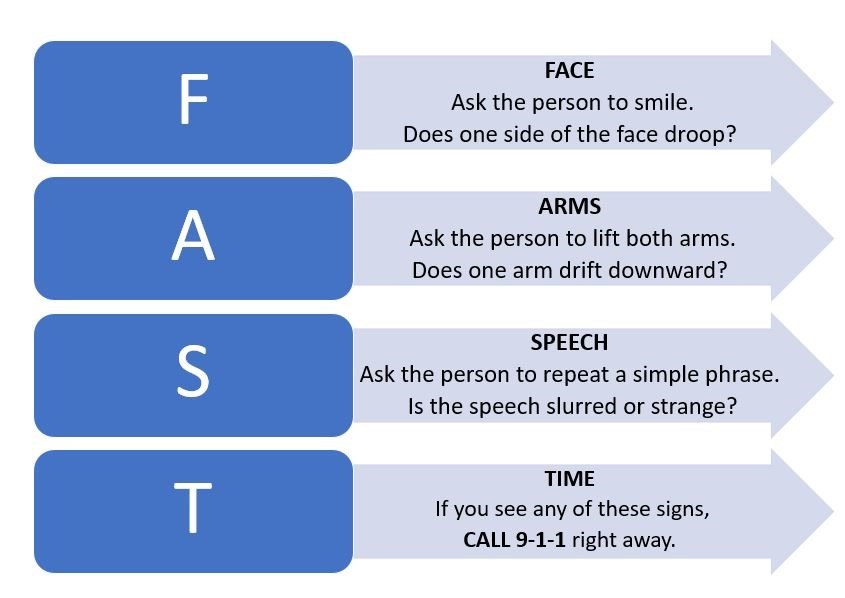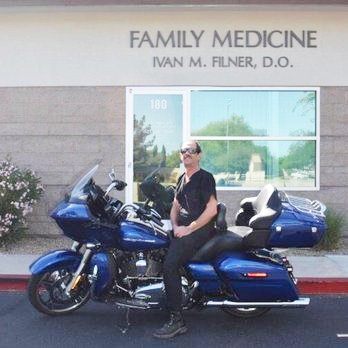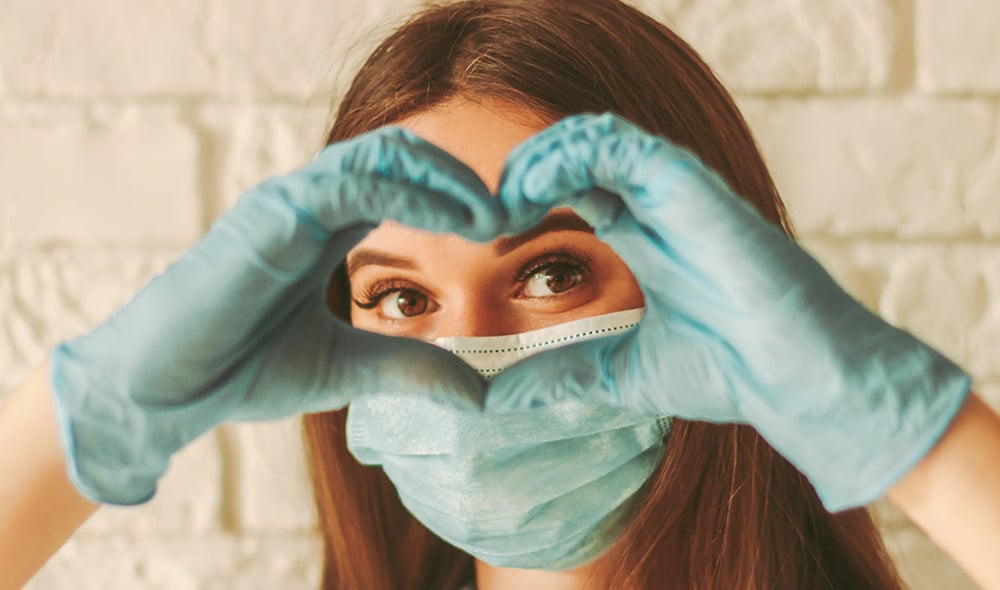By Dana Putman, FNP-C, family nurse practitioner

Contents:
September is Ovarian Cancer Awareness Month. According to the American Cancer Society, more than 20,000 women will receive an ovarian cancer diagnosis in 2021, and nearly 14,000 women will die from this form of female reproductive system cancer.
Fortunately, the rate at which women have been diagnosed with ovarian cancers has been decreasing slowly in the past 20 years. Driving awareness and empowering women with the knowledge of how to decrease their risks and identify ovarian cancer symptoms early has helped significantly.
Did you know there are more than 30 types of ovarian cancer?
According to the American Cancer Society, 85 to 90 percent of ovarian cancers originate from epithelial cells, which cover the outer surface of the ovary. About 52 percent of all epithelial ovarian cancers are serous carcinomas.
What are the risk factors for epithelial ovarian cancers?
Because epithelial ovarian cancers are the most common, let’s take a closer look at risk factors for these types of ovarian cancers.
Getting older – The risk of getting ovarian cancer increases with age, unless a woman has had her ovaries removed. Most women diagnosed with ovarian cancer have completed menopause and are age 63 or older.
Being overweight or obese – Women with a Body Mass Index (BMI) of 30 or higher have a higher risk of developing many cancers, not just ovarian cancer. In addition, obesity can negatively impact a woman’s chance of surviving ovarian cancer.
Having children later or not having a full-term pregnancy – Women who have their first full-term pregnancy after age 35 or who never carried a pregnancy to term have a higher risk of ovarian cancer.
Having a family history of breast, colorectal or ovarian cancer – If one’s mother, sister or daughter has had ovarian cancer, the risk is higher. Increased of risk of ovarian cancer can also come from the father’s side of the family. In addition, breast and colorectal cancers can be caused by an inherited mutation (change) in certain genes that cause a family cancer syndrome that increases the risk of ovarian cancer. To learn more about family cancer syndromes and gene mutations, visit the American Cancer Society website.
Using fertility treatment – In vitro fertilization (IVF) has been linked to increased risk of ovarian cancer, while some types of fertility drugs have not. If you are considering or have had fertility treatments, speak with your women’s health physician about your risk factors.
Having had breast cancer – A family history of breast cancer may be linked to inherited mutation in the BRCA1 or BRCA2 genes, which are also linked to ovarian cancer.
Smoking – While smoking is not directly linked to ovarian cancer, it has been linked to an increased overall risk of developing some form of cancer.
What decreases the risk of ovarian cancer?
While some of the risk factors are not within our control, decreasing the risk of ovarian cancer is to some extent. However, a woman must make the right personal and life choices for her and her family, so some or all these options may or may not be chosen.
Pregnancy – Women who have carried a baby to full-term by the age of 26 have a lower risk of ovarian cancer. The risk goes down with each full-term pregnancy.
Breast feeding – Breast feeding may reduce the risk of ovarian cancer even further.
Birth control – Using oral contraceptives (birth control pills) decreases the risk of ovarian cancer; the longer oral contraceptives are used, the more the risk decreases. According to the American Cancer Society, tubal ligation (having fallopian tubes tied) and short use of intrauterine devices (IUDs) have also been associated with a lower risk of ovarian cancer.
Hysterectomy – Removing the uterus without removing the ovaries reduces the risk of ovarian cancer by more than 30 percent.
Your first step in reducing your risk of ovarian cancer is getting an annual well-woman exam. During this exam, you will share your medical history as well as that of your family, discuss your methods of birth control, receive a physical examination, and discuss your health goals. We are here to help you understand your risks and create a care and lifestyle plan to support you in living the life you choose.






















 Anyone who knows Dr. Filner knows that when he is not caring for patients, he can be found riding his Harley. In Arizona, we are fortunate to have many great months for long rides due to Arizona having more sunny days (85-90 percent per year) than almost all other states. In fact, we have more sunny days per year than California and Florida.
Anyone who knows Dr. Filner knows that when he is not caring for patients, he can be found riding his Harley. In Arizona, we are fortunate to have many great months for long rides due to Arizona having more sunny days (85-90 percent per year) than almost all other states. In fact, we have more sunny days per year than California and Florida.

